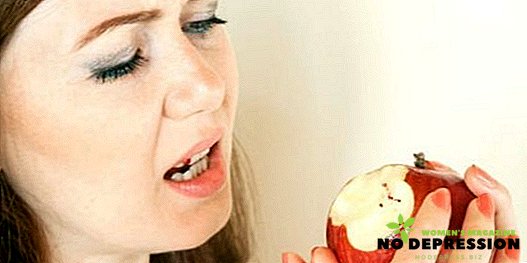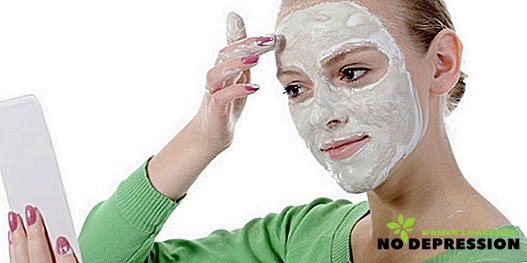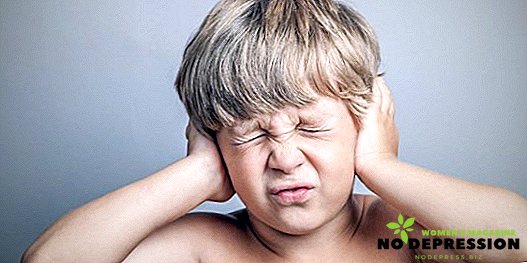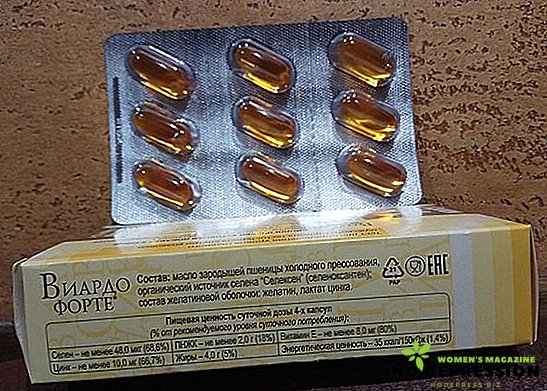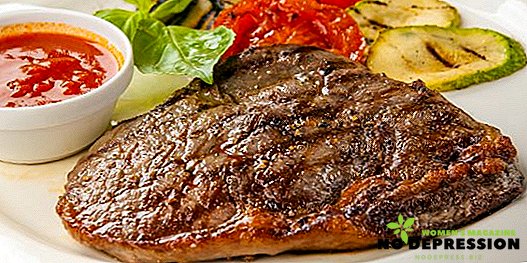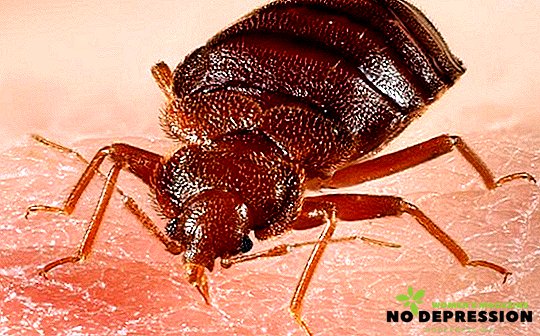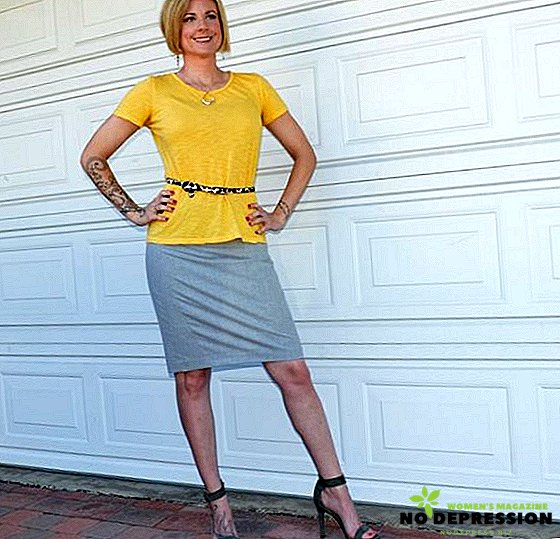The fungus between the toes is quite common. If you choose the right medicine, it will not be difficult to cure the disease.
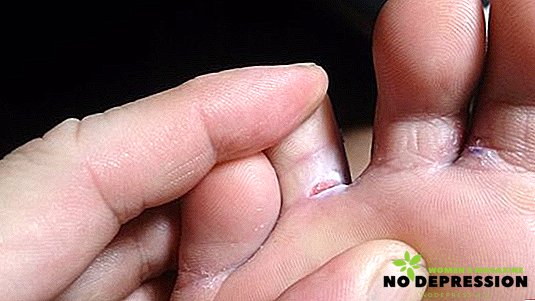
Etiology of the disease
It is possible to become infected with mycosis even if there is no contact with the carrier of the infection. The first reason for the development of the fungus is favorable conditions for the appearance and reproduction of bacteria. It is worth remembering that fungal spores live in the things around us: clothes, shoes, household items. The main causes of the disease include:
- reduced immunity due to improper lifestyle;
- impaired metabolism;
- poor blood flow in the lower limbs;
- microtrauma between the fingers, dry feet, or, conversely, excessive sweating;
- wearing tight shoes;
- non-compliance with the rules of hygiene;
- infection in public places;
- avitaminosis;
- long-term use of antibiotics;
- diabetes.
Also on the development of the disease may affect pregnancy, bowel disease, obesity. Most often, mycosis occurs in the military, athletes, miners and other categories of people who are forced to wear closed tight shoes for a long time.
But if you do not start timely treatment, the fungus from the interdigital areas can go to the feet and nails.
Treatment in advanced cases should be complex, and surgical intervention is often required. Preparations for the treatment of fungus should be prescribed exclusively by a doctor, since self-medication can cause serious harm to the body.
Symptoms of pathology
Interdigital mycosis can be triggered by mold, yeast fungi. There are several stages of development. Each has its own symptoms. The first signs are rarely noticeable to the patient. Usually, the disease spreads to the extreme toes, most often it is the little finger and the finger next to it.
Stages:
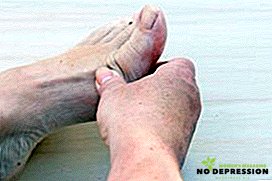 Initial or erased. It is manifested by peeling, microcracks may appear on the skin under the little finger, the upper layers of the epidermis will be picked. At the site of the lesion, itching and burning are felt.
Initial or erased. It is manifested by peeling, microcracks may appear on the skin under the little finger, the upper layers of the epidermis will be picked. At the site of the lesion, itching and burning are felt.- The dyshydrotic stage is characterized by bright signs, red spots appear on the skin, bubbles with liquid. Tissues begin to swell, the skin becomes coarse, there is an active peeling and inflammatory process. The affected area itches a lot, it hurts, which causes considerable discomfort.
- Squamous. The skin condition worsens, a seal is formed. Cracks deepen, turning into erosion. On the ground of the bends of the fingers, a white patina appears, a callus forms, the pain and itching become very strong.
- Intertriginous, most advanced stage. On the areas affected by the fungus appear purulent formations, severe inflammation, redness. Pain increases. Redness and swelling appear. Bubbles burst, forming boils. At this stage, the disease can go to the nails, which in the future will begin to flake off.
The appearance of the initial signs of mycosis should alert the person, it is necessary to consult a doctor. This will avoid many serious and dangerous problems.
Diagnosis of the disease
You can diagnose yourself. To do this, prepare a slightly pink solution of potassium permanganate, immerse your feet in it for 10 minutes. Healthy skin will stain, but the places affected by the fungus will remain the same color.
In order to determine the type of pathogen, material sampling and laboratory tests are carried out. An experienced specialist at the first examination can make a diagnosis. However, for drawing up a treatment regimen, it is impossible to do without biomaterial analyzes.
Diagnosis includes:
- Microscopy, that is, inspection of the taken biomaterial.
- Research under the Wood's lamp, since ultraviolet will help to see areas affected by the fungus.
- Bacteriological seeding, which can take up to 20 days. It is one of the most effective diagnostic methods.
- PCR diagnostics. The fastest and most effective way to determine mycosis. Its only disadvantage is the high cost.

Also, the doctor will conduct a differential diagnosis, which is necessary to distinguish fungal infection from other skin diseases.
How to cure the fungus between the fingers?
Therapy can be carried out with the use of drugs, and with the help of traditional medicine. But the dermatologist should select the optimal treatment. Preparations against the fungus are produced in the form of ointments, solutions, patches, creams, sprays. Each of them performs certain functions. In some cases, they can be prescribed in the complex.
Before treating a fungus, remember about a number of rules:
- all things and household items must be sanitized;
- washcloths and slippers to throw away;
- shoes every morning from the inside and outside to handle special means.
All these measures will help to prevent the spread of the fungus and the occurrence of relapse after recovery.
What medications will help?
Ointment
Ointments are the most common and simple means to combat mycosis. Their list is quite diverse, so it is quite difficult for a person without medical knowledge to find a suitable option.
Oxolinic ointment
For many years, oxolinic ointment has been a good and inexpensive remedy for fungi. Its base is oxolinic acid, which rapidly penetrates the skin and destroys the infection cells. However, it is worth remembering that this ointment can treat only three types of mycosis: blistering, scaly, encircling. The price of one package is from 50 rubles.
The treatment is as follows:
- Feet steamed in water with soda (about one teaspoon of soda per 2 liters of water).
- After that, a small amount of ointment is rubbed into the skin between the fingers and on the adjacent area.
- After 3 minutes, when the ointment dries out a bit, a warm sock is put on the leg.
Processing should be about 3 times a day for a month. This time is enough to get rid of the fungus in the initial and middle stages. However, if the disease is in advanced form, oxolinic ointment will not help.

Salicylic ointment
Analogue "oxolin". It can also fight with various types of fungi, it is inexpensive, about 40 rubles. per package, sold without a prescription. The only difference from oxolinic ointment is the active ingredient. As part of the ointment contains salicylic acid, aggressively affecting mycosis. For this reason, this tool is recommended to apply at all stages of the disease.
However, salicylic ointment cannot be used to treat mycosis in children, pregnant and lactating women. Apply in the same way as oxolinic ointment.
It is worth remembering that the number of treatments is 2 times a day. The duration of the drug depends on the severity:
- 3-4 weeks - at the initial stage;
- one and a half month - on average;
- about 45-50 days - at the advanced stage.
If after the first two weeks of treatment no changes occur, you need to consult a doctor. Probably, the ointment will need to be replaced or supplemented with another medicine. It is worth remembering that in the treatment of salicylic ointment, the place of application may hurt, itch. This is not a sign of allergy - just a normal reaction of the body to the active ingredient, the discomfort disappears after 20 minutes.

Sulfuric ointment
Another inexpensive tool worth about 50 rubles. for the bank. The medicine contains sulfur as an active component, as well as paraffin, T2 emulsifier, pyrogen-free water. This ointment is used to treat a variety of dermatological diseases, including mycosis. The advantages include low cost, availability and efficiency. Also sulfuric ointment has no contraindications. The duration of treatment depends on how severe the pathology is.
For a 100% recovery from mycosis, it takes from one to two months. To shorten the time of therapy, combine the interdigital zone ointment treatment with taking antifungal tablets.

Clotrimazole
One of the most popular tools that dermatologists often prescribe to combat various types of fungal diseases. The cost of the drug is about 80 rubles.
Instructions for use the following:
- My feet, wipe dry.
- Infected areas wipe with a cotton swab dipped in antiseptic.
- From above we put with a thin layer ointment, at the same time it has to capture healthy fabrics, we rub.
Handle the localization of mycosis twice a day. The duration of treatment is from 20 to 30 days. If during this time the symptoms of the disease have disappeared, this does not mean that you need to stop using the ointment. When symptoms disappear, the number of treatments is reduced to once per day. Smear ointment between your fingers will need about 10 more days.
This will fix the result and prevent recurrence.
Clotrimazole is a fairly safe drug that has no serious contraindications. The only thing - it can not be taken with an allergy to the active ingredient and in the first trimester of pregnancy.

Solutions
Chlorhexidine
The cost is about 20 rubles. per pack. The tool is used in the treatment of wounds, burns, for disinfection. Sold without a prescription. Due to its pronounced antiseptic properties, Chlorhexidine can fight against various types of pathogens, including bacteria.
Treat the infected area with a cotton swab or a piece of gauze dipped in a solution twice a day, morning and evening. True, this tool is effective only in the first stage of treatment. If the disease has already passed to the second or third stage, the result will be zero.

Octicillum (Dimexide)
Solution for external use, which has antifungal properties. The price of the bottle is about 60 rubles. The preparation is treated with the localization of the fungus up to 3 times per day with an interval of at least 3 hours. The duration of therapy is one month. Also, this solution can be used for the preparation of foot baths: dissolve 1/3 of the vial in 3 liters of warm water. Take such baths need every evening. After that, moisten the bandage in the solution and wind it so that it falls between the fingers. In the morning, the bandage is removed.

Fukortsin
The solution for the preparation of baths or compresses. In the first case, you need to take 20 ml of medication, add 3.5 liters of water, steam your legs for 15 minutes. To prepare the compress, Fukortsin drip into a glass of water, moisten a piece of gauze in it, apply to the affected area. This tool is not suitable for the treatment of children, pregnant and lactating women.
Another simple and cheap solution between the fungus between the fingers is hydrogen peroxide. It can be used to make compresses or simply wipe the affected skin. Peroxide is not included in the list of antimicrobial agents, since it is ineffective in the fight against infection in the advanced stage. But at the first stage of pathology development, peroxide is used together with tablets against pathogenic microflora.

Creams
Today, you can find a lot of creams on sale that will help to cure mycosis in a relatively short time.
Ecodax
The cream is made on the basis of econazole. Auxiliary components:
- mineral oil;
- sodium dihydrogen phosphate;
- phosphoric acid;
- sodium hydroxide;
- tsetomakrogol.
The combination of these substances stops the reproduction of the fungus. 3-4 weeks after the start of the application of the cream, the symptoms disappear, a week later the mycosis is completely removed from the body. For greater effectiveness, this drug is recommended to combine with the treatment of antiseptic solutions.

Zalain
Excellent tool with which you can fight with almost all varieties of the fungus. The cream contains:
- ethylene glycol;
- sorbic acid;
- glycerol;
- paraffin, sertaconazole nitrate.
Zalain is applied to the infected area once a day. With the running form of the disease, the number of treatments will increase to 2 per day with an interval of 5-6 hours. The cream should be spread on clean and dry skin with a thin layer. The duration of therapy is at least 5 weeks.
But if during this period you have not noticed any changes, you need to consult a doctor.
This drug has a number of contraindications:
- allergy;
- pregnancy in all periods;
- age up to 2 years.
If you exceed the dosage, there may be adverse reactions such as: dryness, redness or swelling between the fingers, itching, peeling.
To get rid of negative reactions, wash your feet thoroughly with soap and water, take several antihistamine tablets, for example, Diazolin, suspend treatment for several days. As soon as allergy symptoms disappear, therapy can be resumed.

Sintomitsin
One of the cheapest substitutes for Clotrimazole. A 25 g tuba costs about 40 rubles. A broad-spectrum drug that can cope with all types of fungus, including those strains that are resistant to penicillin and streptomycin. In addition to getting rid of the fungus can remove the unpleasant smell and reduce inflammation.
The product is applied to the affected area twice a day. The minimum course of treatment is 20 days. The cream has no contraindications and side effects, so it can be used regardless of the patient's age.
But despite the absence of prohibitions for use, syntomycin is not suitable for those who are on therapy with varin, nystatin, erythromycin, benzylpenicillin tablets. In this case, the active component of the cream, penetrating into the blood, will reduce the effectiveness of drugs and slow down the treatment process. It is also not recommended to apply synthomycin to the skin in the presence of fresh wounds. Wait until the damage heals, and only in this case, use the drug.

Antifungal patches
The patch is not the most convenient way to fight the fungus. However, such funds are cheap, coping with the infection is not worse than expensive drugs. List of the most effective patches:
- Salipod;
- Ureaplast;
- Jungle Herbs.
It is a fabric tape with a soft pillow impregnated with an active substance. You just need to detach the tape from the plastic film and attach it to the site of injury by a fungus. Most often, the patch is used to combat nail fungus, but if the pathogenic microflora is near the thumb or little finger, you can gently wrap the patch around.
In other places, sticking a tape is problematic, it will constantly crawl and clump in, which not only does not help to heal, but also causes a number of inconveniences when wearing shoes. The advantages of using patches include:
- protection of healthy skin areas against the spread of fungus;
- possible combination with ointments;
- the effectiveness of treatment is noticeable after 5 days.

Spray treatment for fungus
Spray is a good alternative to ointments and other topical preparations. They are easy to spray on infected areas, sprays do not require frequent use, give a good result. The most well-known inexpensive means include:
- Terbix;
- Bifosin;
- Lamisil.
As part of these drugs contain terbinafine or bifosin. This substance destroys pathogenic microflora at any stage of development, reduces inflammation, accelerates the recovery of the skin. To apply the spray, spread your fingers, direct the flow of the product directly to the affected area.
Traditional medicine for the fungus
There are many homemade recipes that can replace medicines or enhance their effect. However, before using them, it is advisable to consult with your doctor.
The most common methods include:
- Baths that will help remove the fungus between the fingers. The following options are possible: in 3 liters of hot water, dissolve one tablespoon of salt, soda, stir, immerse your feet in the solution for 20-30 minutes. After the procedure, dry your feet and put on warm socks. You can add apple water or wine vinegar to get a concentrated solution. Dip your feet for 15 minutes, dry naturally.
- Brew leaves and stalks of milkweed in boiling water, leave to infuse for 3 hours. Immerse in the solution of the foot for 20 minutes.
- You can make lotions: in an alcohol solution of iodine, moisten a cotton swab, treat the damaged area. Repeat the procedure twice a day for 2 weeks. Iodine can also be added to the bath with a few drops.
- Dissolve potassium permanganate in a small amount of warm water to form a pink solution. Moisten a cotton swab in a liquid, wipe the affected areas, leave for 15 minutes. After that, wash your feet thoroughly.
- Crush the onion, squeeze out the juice, moisten the cotton wool, apply to the site of localization of the fungus for 10 minutes, then rinse it under running water.
Preventive actions
Any disease is easier to prevent than to treat. To do this, follow a number of simple rules:
- do not use someone else's shoes, and before fitting the pair in the store, be sure to wear disposable socks;
- Treat your feet with any antifungal medication before visiting public pools and beaches;
- adhere to proper nutrition and lifestyle;
- do not ignore daily foot hygiene;
- wear shoes according to the season.
Грибковое заболевание можно быстро вылечить, вовремя заметив первые тревожные симптомы.


 Initial or erased. It is manifested by peeling, microcracks may appear on the skin under the little finger, the upper layers of the epidermis will be picked. At the site of the lesion, itching and burning are felt.
Initial or erased. It is manifested by peeling, microcracks may appear on the skin under the little finger, the upper layers of the epidermis will be picked. At the site of the lesion, itching and burning are felt.
